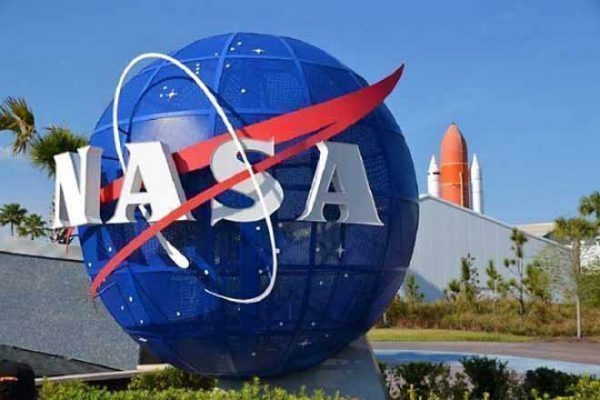Washington: A new program funded by NASA in the US has produced a series of videos about famous archaeological sites and institutions in India along with lesson plans in Hindi to teach the language internationally in the context of science and technology.
The videos focus on scientific innovations at various sites like Amer Fort palace and Hawa Mahal in Jaipur, the rust-resistant Iron Pillar of Delhi, UNESCO Heritage site Qutub Minar, the Chand Bawri step well and headquarters of the Jaipur Foot, a prosthetic given free to impoverished amputees in 80 countries across the world.
The NASA-funded program STARTALK — making it a priority issue for national security to expand the teaching and learning of Hindi, Arabic, Chinese and other world languages — made a USD 90,000 grant to Ved Chaudhary, director of the project.
The program is also supplemented by funding from Chaudhary’s New Jersey-based foundation Educators’ Society for Heritage of India.
The program is administered by the National Foreign Language Centre at the University of Maryland.
“This was a unique experience. I never knew I was going to have so much fun doing my research,” Alok Kumar, principal investigator in the project, said.
Supported by research studies, Kumar, said, “Context is crucial in learning new languages. Each video, designed for learners from middle school through college, employs a STEM (science, technology, engineering and math) perspective to provide interesting and incredibly rich context to create learning experiences that can push learners to the advanced level of Hindi.”
Kumar, professor of physics at State University of New York, has published several books on ancient Hindu science, mathematics and medicine.
According to the University of Maryland all the science-based innovations are abound in the sites Kumar chose.
PTI

